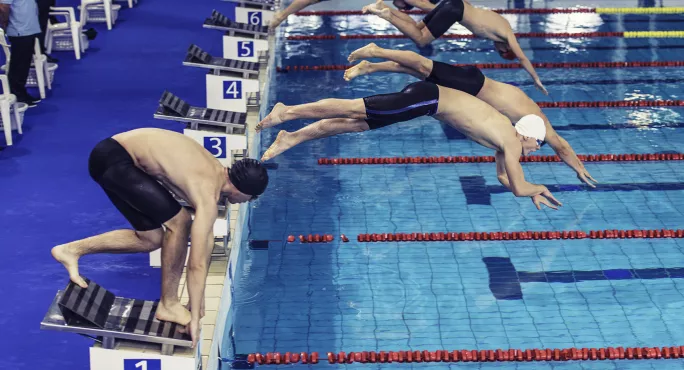GCSEs: Vulnerable students fall further behind

The attainment gaps between secondary school students in the social care system and their peers are growing in the wake of the pandemic, new analysis reveals.
The research, by think tank the Education Policy Institute (EPI), shows that looked-after children achieved English and maths GCSEs that were 2.3 grades behind their peers, on average, in 2021.
Children in need with a child protection plan were, on average, 2.1 grades behind their peers, and children in need without a child protection plan trailed their peers by 1.6 grades at GCSE.
In all of these cases, the gap had increased since the equivalent research was conducted in 2019 - from 2.2 grades behind for looked-after children, 1.9 for children in need with a child protection plan, and 1.4 for children in need without a child protection plan.
This reverses progress made in narrowing the attainment gaps for these students between 2014 and 2019.
- GCSEs: “Decade of failure” on closing the attainment gap
- Catch-up: Attainment gap progress could take a decade to restore
- Opinion: The state must do better for looked-after children
“This reversal of the good progress made in gap-narrowing between 2014 and 2019 should be concerning to government and policymakers,” said the EPI’s associate director, Emily Hunt.
“It is clear that we need a cross-government strategy that addresses the scale and nature of the challenges facing the most vulnerable in society - including tackling poverty and the growing mental health crisis among young people,” she added.
GCSEs: Attainment gaps for children in care
As well as highlighting the widening gap in attainment, the research also reveals that a growing number of students have experienced social care at some point in the previous six years.
Some 8,300 children, or 1.7 per cent of Year 11 students, were classified as looked-after children in 2021, up from 1.4 per cent in 2014.
The number of Year 11s defined as children in need with a child protection plan was 11,200 or 2.2 per cent of students, up from 0.6 per cent in 2014.
And 71,100 children - 12.7 per cent of Year 11 students - were classified as children in need without a child protection plan, up from 10.7 per cent in 2014.
Ms Hunt said: “These figures paint a worrying picture of the increasing number of children who are falling into social care. These children are often some of the most vulnerable within the education system.”
The report comes amid increasing calls from headteachers and others across the sector for the Department for Education to recognise and react to the lasting effects of Covid lockdowns.
James Bowen, assistant general secretary of the NAHT school leaders’ union, said: “This research suggests that despite schools and their staff going above and beyond to help, Covid hit these pupils particularly hard - not because they were less motivated than their more affluent peers but due to additional barriers faced by families in these communities.
“Schools do their best to support pupils, but they cannot do this alone. The government refused to properly fund the Covid recovery plan proposed by its own education recovery tsar, failing the children and young people who need help the most.”
Rise in disadvantage
The EPI research also shows that levels of socioeconomic disadvantage, already far higher for children in social care than for their peers, have risen further since the pandemic.
Nationally, 19 per cent of children are eligible for free school meals.
However, among looked-after children, the 2021 figure stood at 61 per cent, up from 59 per cent in 2019.
For children in need with a child protection plan, free school meal eligibility rose to 78 per cent, from 77 per cent in 2019. For children in need without a child protection plan, the figure remained at 54 per cent.
The DfE has been contacted for comment.
You need a Tes subscription to read this article
Subscribe now to read this article and get other subscriber-only content:
- Unlimited access to all Tes magazine content
- Exclusive subscriber-only stories
- Award-winning email newsletters
Already a subscriber? Log in
You need a subscription to read this article
Subscribe now to read this article and get other subscriber-only content, including:
- Unlimited access to all Tes magazine content
- Exclusive subscriber-only stories
- Award-winning email newsletters
topics in this article



